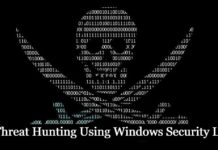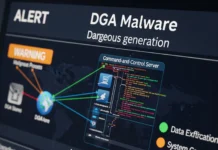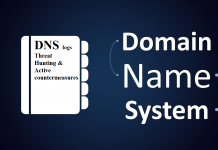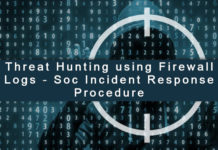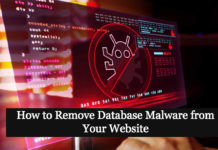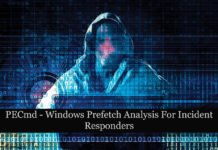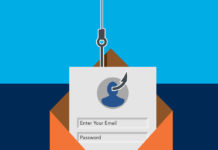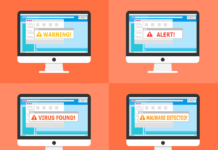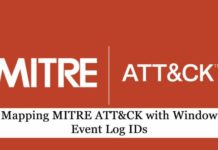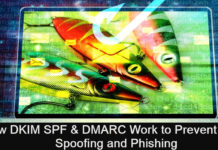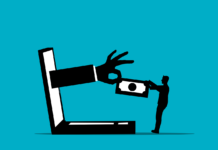In today’s fast-paced digital landscape, businesses are embracing mobile devices to enhance productivity, streamline operations, and foster flexibility among employees. However, as mobile usage grows, so does the complexity of managing and securing these devices. Mobile Device Management (MDM) and Mobile Application Management (MAM) are two pivotal strategies that help businesses ensure the security and efficiency of their mobile workforce. But, with both MDM and MAM offering unique benefits, choosing the right strategy for your organization can be a daunting task.
This article dives deep into the differences between MDM and MAM, examining their roles in securing mobile environments and guiding you to make an informed decision about which strategy will best meet your company’s needs.
Understanding MDM and MAM
Before diving into the comparison, it’s essential to understand the fundamentals of MDM and MAM.
Mobile Device Management (MDM) is a comprehensive solution that focuses on managing and securing mobile devices within an organization. MDM solutions provide the ability to control, monitor, and secure devices remotely, ensuring that company-owned and employee-owned devices comply with corporate policies. This includes enforcing security protocols such as encryption, password management, and remote wiping of data in case of theft or loss.
On the other hand, Mobile Application Management (MAM) focuses specifically on securing and managing the applications on mobile devices. MAM solutions provide businesses with control over which apps employees can use and how these apps interact with corporate data. While MAM can work alongside MDM, it can also be used independently in cases where only application-level security is required.
MDM vs MAM: Key Differences
The fundamental difference between MDM and MAM lies in their scope and focus. MDM is concerned with managing the entire device, while MAM focuses on managing individual applications. Understanding the differences in their functions will help you determine which approach aligns better with your organization’s security needs.
Device Management with MDM
MDM solutions are ideal for businesses that need a comprehensive approach to securing both the device and the data on it. By controlling the entire device, MDM ensures that all corporate information is encrypted, protected, and managed according to company policies. In addition to security features, MDM also allows businesses to track and monitor devices, ensuring they are being used appropriately.
For example, with MDM, companies can remotely configure device settings, enforce restrictions (such as disabling certain features), and even wipe data from a lost or stolen device. These features provide an added layer of security that’s critical when dealing with devices that access sensitive corporate information.
App-Specific Control with MAM
In contrast, MAM solutions focus on managing and securing apps on mobile devices. This is especially beneficial when employees use their personal devices for work purposes, a scenario known as Bring Your Own Device (BYOD). MAM allows businesses to separate personal and corporate apps, ensuring that work-related data is kept secure within approved applications.
With MAM, businesses can deploy security policies such as app-level encryption, authentication, and containerization. This means that even if a device is compromised, the risk to corporate data is minimized as the security measures are applied only to work-related apps.
MAM also enables businesses to track which apps are installed on devices and prevent employees from downloading unauthorized or potentially harmful apps. This reduces the risk of data breaches caused by third-party applications.
MDM and MAM: Which One is Right for Your Business?
The decision to use MDM vs MAM largely depends on the specific needs and goals of your organization. For companies with a fully managed mobile device fleet, MDM may be the best choice as it provides complete control over the devices and their security. However, if your business operates on a BYOD model or has limited resources for managing devices, MAM might be the more practical solution.
MDM is Ideal for Businesses That Need Total Control
For businesses that own and manage all mobile devices, MDM is the logical choice. It offers a complete suite of features to manage devices throughout their lifecycle, from initial deployment to eventual decommissioning. MDM also ensures that devices are fully secured, with remote wipe capabilities and the ability to enforce company policies.
Organizations with a strict security posture, such as those in the financial, healthcare, or government sectors, can benefit from MDM’s comprehensive approach. The ability to control every aspect of a device, including operating systems, apps, and security settings, ensures that compliance standards are met and that sensitive data is well protected.
MAM is Ideal for Businesses with BYOD Policies
In today’s mobile-first world, many businesses allow employees to use their personal devices for work-related tasks. This brings convenience and flexibility but also introduces potential risks. With MAM, businesses can secure applications and data without interfering with employees’ personal use of their devices. This makes MAM a perfect solution for organizations that follow a BYOD model or those that need to secure applications on a diverse range of devices.
MAM is also beneficial for companies that only require app-level security rather than device-level control. For instance, if your organization uses cloud-based applications and doesn’t need to manage the device’s entire ecosystem, MAM can effectively protect corporate data within those applications.
Integrating MDM and MAM for a Holistic Security Strategy
In many cases, businesses can benefit from using both MDM and MAM in tandem. The combination of device-level and application-level management provides a comprehensive security solution that addresses all potential vulnerabilities in the mobile environment.
Using MDM alongside MAM ensures that mobile devices are secure while also providing granular control over apps. This dual approach can mitigate the risks of data breaches, lost devices, and unauthorized app usage, all of which can severely impact your organization’s reputation and bottom line.
Real-World Example: Enhancing Security for a Remote Workforce
Consider a company that has a hybrid workforce, with employees working both in the office and remotely. The company uses MDM to secure company-issued devices, ensuring that all devices are configured with the necessary security settings, including encryption, VPN access, and remote wipe capabilities. At the same time, the company leverages MAM to manage the applications that employees use for work. This ensures that sensitive data is stored securely within approved apps, and the risk of data leakage from unapproved apps is minimized.
By integrating both MDM and MAM, the company is able to maintain a robust security posture while accommodating the diverse needs of a modern workforce.
The Future of MDM and MAM: Trends to Watch
As businesses continue to embrace mobile technologies, the need for robust MDM and MAM solutions will only grow. Emerging trends in mobile security and management are shaping the future of these strategies.
- Cloud Integration: As more companies move to cloud-based environments, MDM and MAM solutions will increasingly integrate with cloud platforms to offer seamless security and management. This will enable businesses to secure mobile devices and apps regardless of their location, providing greater flexibility and scalability.
- Artificial Intelligence and Machine Learning: AI and ML are set to play a significant role in the evolution of MDM and MAM. These technologies can help automate device and app management, detect anomalies in real-time, and predict potential security threats before they escalate.
- Zero Trust Security: The zero-trust security model, which assumes that no device or user is trusted by default, is gaining traction in mobile security strategies. MDM and MAM solutions will increasingly adopt zero-trust principles to strengthen security and minimize the risk of insider threats.
Conclusion:
Choosing between MDM and MAM isn’t a one-size-fits-all decision. Both strategies offer distinct advantages, and the right choice depends on your business’s unique needs. If you need complete control over your devices and their security, MDM is the way to go. However, if you’re managing a BYOD environment or only need to secure applications, MAM may be a better fit. In many cases, a hybrid approach that integrates both MDM and MAM will provide the most comprehensive security solution for your mobile workforce.
By understanding the differences between MDM and MAM and aligning your strategy with your company’s goals, you can ensure that your mobile workforce is not only productive but also secure, enabling your business to thrive in a mobile-first world.
